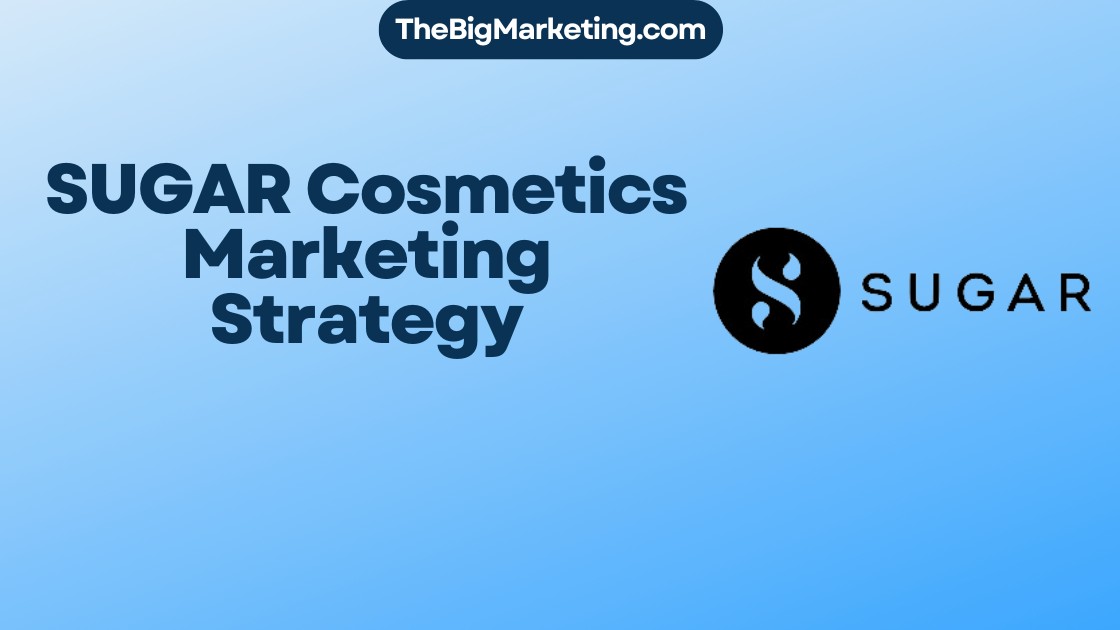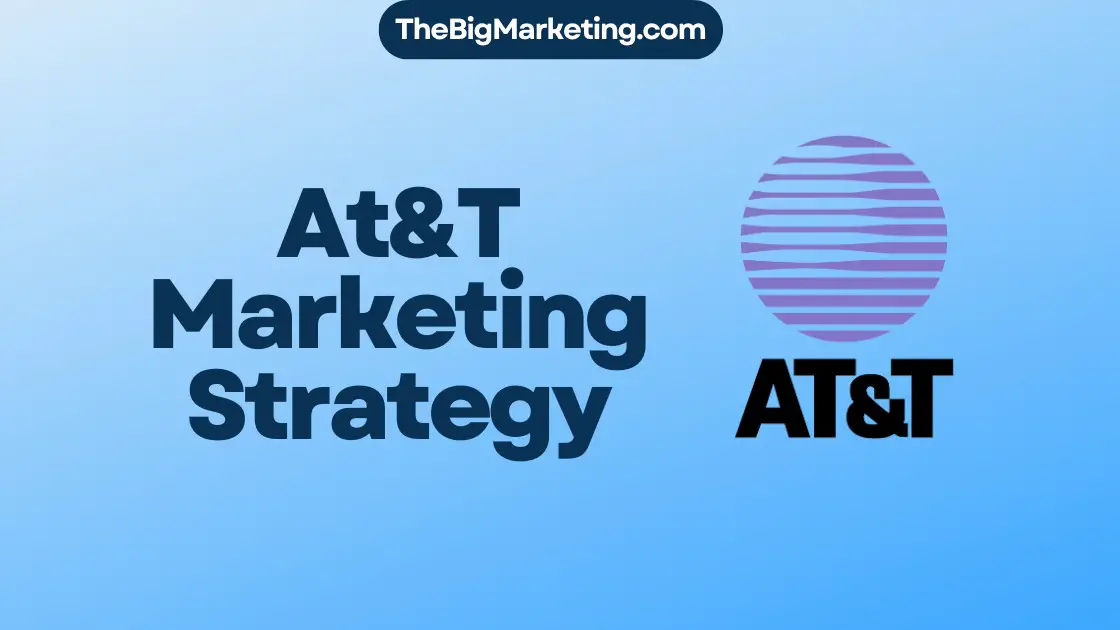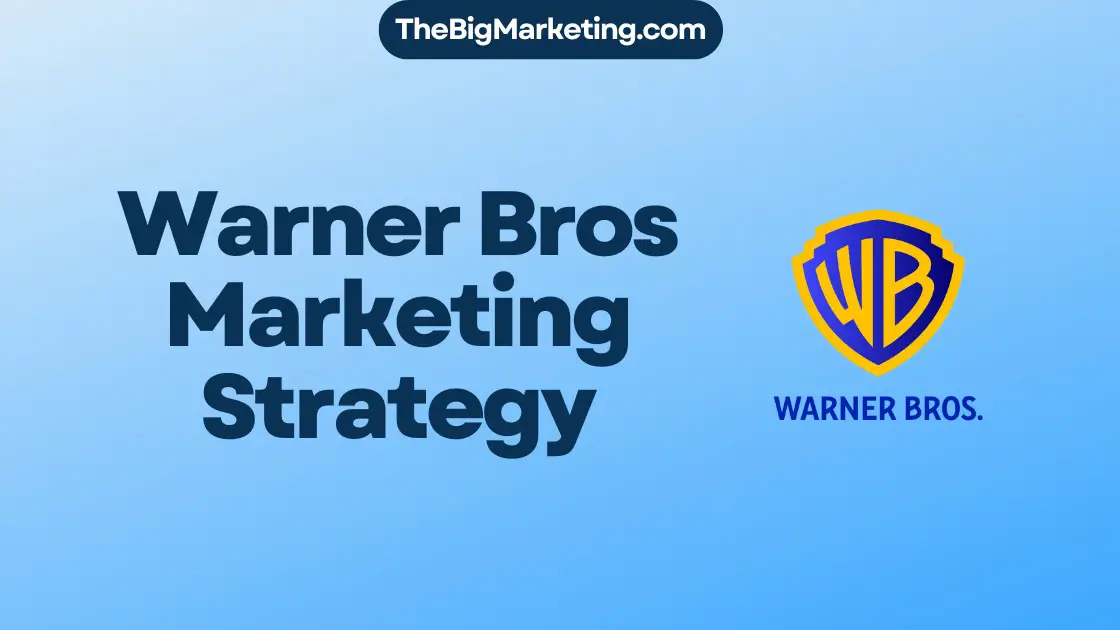Welcome to our in-depth analysis of the Dulux Marketing Strategy for 2024. In this case study, we will explore how Dulux, a leading paint brand, has successfully positioned itself in the market and engaged customers through innovative tactics. We will also delve into the competitive analysis and digital marketing trends that have shaped Dulux’s brand differentiation strategies. Additionally, we will discuss the role of color psychology in their marketing approach.
As part of the AkzoNobel paint company, Dulux has established a strong presence in the market, offering solutions for various consumer needs. However, they have faced challenges in terms of brand awareness and recognition in certain markets. To overcome these hurdles, Dulux has implemented a range of marketing strategies, including a highly successful Cashback campaign, to enhance customer engagement and strengthen their market position.
Key Takeaways:
- Dulux has strategically positioned itself in the market through brand differentiation strategies.
- They utilize competitive analysis to understand the market landscape and identify opportunities for growth.
- Dulux employs a range of consumer engagement tactics, leveraging digital marketing trends and color psychology.
- The successful implementation of the Dulux Cashback campaign showcases their ability to engage customers and gather valuable insights.
- As part of AkzoNobel, Dulux benefits from innovative branding tactics and a customer-centric approach.
The Importance of Market Positioning in Dulux’s Marketing Strategy
Market positioning plays a crucial role in Dulux’s comprehensive marketing strategy. As a prominent player in the paint industry, Dulux understands the need to differentiate itself from competitors and establish a unique brand identity. To achieve this, Dulux focuses on leveraging brand differentiation strategies, conducting competitive analysis, and identifying key market trends.
Dulux prioritizes market positioning by emphasizing the quality and premium nature of its products. By positioning itself as a provider of superior paints and coatings, Dulux aims to attract discerning customers who value durability, color range, and overall product excellence. This focus on quality serves as a powerful differentiator in a market where consumers have diverse options.
While Dulux already enjoys a strong market presence, the brand realizes the importance of continuous growth and expanding its reach, especially in rural and developing urban areas. Through competitive analysis, Dulux gains valuable insights into market trends, customer preferences, and potential opportunities for differentiation. Armed with this information, Dulux can refine its marketing strategies and tailor its offerings more effectively.
By positioning itself as a quality-centric brand, Dulux aims to build customer loyalty and establish a reputation as the go-to brand for premium paint and coating solutions. Through strategic brand positioning, Dulux can effectively convey its value proposition to target customers and create a distinct identity in the competitive paint market.
Competitive Analysis Insights
| Competitor | Main Differentiators | Market Share |
|---|---|---|
| Sherwin-Williams | Extensive color options Strong brand recognition |
25% |
| Behr | Affordable pricing DIY-friendly products |
20% |
| Benjamin Moore | Premium quality Support for professional painters |
15% |
The competitive analysis presented in the table reveals valuable insights into key players within the paint industry. Understanding these differentiators and market shares allows Dulux to identify opportunities for brand differentiation and gain a competitive edge. By leveraging this knowledge, Dulux can refine its marketing strategy and effectively communicate the unique value it offers compared to its competitors.
Consumer Engagement Tactics Used by Dulux
Dulux, the renowned paint brand, understands the importance of consumer engagement in today’s digital age. They employ a range of effective tactics to connect with their target audience and foster brand loyalty. By staying abreast of digital marketing trends and leveraging the principles of color psychology in marketing, Dulux creates memorable experiences that resonate with customers on multiple levels.
Leveraging Digital Marketing Trends
Dulux recognizes the power of digital marketing in reaching a wider audience and building meaningful connections. They utilize various digital platforms to showcase their products and engage with customers. By leveraging social media, content marketing, and influencer collaborations, Dulux ensures they remain visible and relevant in the ever-evolving online landscape.
Furthermore, Dulux understands the significance of user-generated content and actively encourages customers to share their painting projects on social media using branded hashtags. This not only generates organic buzz but also establishes a sense of community around the Dulux brand.
The Dulux Cashback Campaign
An exemplary consumer engagement tactic employed by Dulux is their Cashback campaign. This initiative incentivizes customers to purchase Dulux products by offering them cash rewards. Through a dedicated microsite, customers can easily redeem their cashbacks, creating a seamless and interactive experience.
This campaign not only drives sales but also captures valuable data on customer buying habits and preferences. By analyzing this data, Dulux gains insights into consumer behavior and can tailor their marketing strategies accordingly, optimizing their market positioning and product offerings.
Color Psychology in Marketing
Dulux understands the impact that colors can have on human emotions and purchasing decisions. They leverage color psychology in their marketing efforts to create a strong connection with customers. For instance, they strategically use warm and inviting colors in their advertisements and promotional materials to evoke feelings of comfort and familiarity.
By employing consumer engagement tactics that incorporate digital marketing trends and color psychology, Dulux succeeds in capturing the attention and loyalty of their target audience. Their commitment to understanding customer needs and creating a meaningful brand experience sets them apart in the competitive paint industry.
Next, we’ll explore the digital marketing strategies implemented by Dulux, showcasing how they harness the power of digital platforms to enhance their market positioning and consumer engagement.
Digital Marketing Strategies Implemented by Dulux
Dulux understands the significance of digital marketing in today’s technologically advanced world. They have successfully leveraged various digital channels to increase brand visibility and actively engage with their customers.
One of the notable examples of their digital marketing strategy is the implementation of the Dulux Cashback campaign, which effectively utilized a dedicated microsite. This campaign not only incentivized customers but also provided valuable insights into their buying habits and preferences.
By capturing and analyzing these customer insights, Dulux is able to refine and enhance their marketing strategies to cater to the specific needs and preferences of their target audience.
In addition to the Cashback campaign, Dulux employs a variety of consumer engagement tactics to establish a strong market position and foster brand loyalty. They actively embrace digital marketing trends and employ innovative approaches to connect with their audience on multiple levels.
Digital Marketing Tactics
Dulux implements the following digital marketing tactics to effectively reach their target audience and promote their brand:
- Search Engine Optimization (SEO) to improve website visibility and organic search rankings.
- Social media marketing to engage with customers and create an interactive brand presence.
- Email marketing campaigns to nurture customer relationships and provide personalized content.
- Influencer partnerships to leverage the reach and influence of popular individuals or brands.
Results and Impact
The digital marketing strategies implemented by Dulux have enabled them to enhance their market positioning and effectively engage with customers. By leveraging the power of digital channels, Dulux has experienced increased brand visibility and customer interaction.
The success of the Dulux Cashback campaign and other digital marketing initiatives has not only strengthened their market position but also provided valuable data for further refinement and optimization of their marketing strategies.
| Key Benefits of Dulux’s Digital Marketing Strategies | Examples |
|---|---|
| Increased brand visibility | Higher website traffic and social media engagement |
| Improved customer engagement and interaction | Positive customer feedback and increased social media interactions |
| Enhanced market positioning | Stronger brand recognition and differentiation from competitors |
| Valuable customer insights | Data on customer preferences and buying behaviors |
Building a Global Brand: Challenges and Opportunities for Dulux
Dulux, a renowned paint brand under the AkzoNobel company, has successfully established its presence in multiple markets. However, building a global brand requires overcoming unique challenges and embracing opportunities. Dulux recognized the importance of brand awareness and recognition to effectively compete in the global market. To achieve this, they conducted thorough competitive analysis and market positioning techniques.
Competitive analysis played a crucial role in understanding the market landscape, identifying areas for differentiation, and creating a distinct advantage. By analyzing their competitors closely, Dulux was able to develop strategic advertising campaigns that highlighted their unique selling points and positioned them as a leader in the paint industry.
Moreover, Dulux tapped into niche markets by leveraging their brand differentiation strategies. They focused on catering to specific customer needs and preferences in different regions. This allowed them to establish a strong foothold in those markets and build a loyal customer base.
| Challenges | Opportunities |
|---|---|
| 1. Establishing brand awareness globally | 1. Tapping into niche markets for growth |
| 2. Overcoming competition in various regions | 2. Differentiating through strategic advertising |
| 3. Creating a unified brand message | 3. Building customer loyalty internationally |
By addressing these challenges head-on and capitalizing on the opportunities available, Dulux has been able to build a global brand that resonates with customers worldwide. Their market positioning strategies have allowed them to differentiate themselves from competitors and gain a competitive edge. With consistent efforts towards innovation and customer satisfaction, Dulux continues to strengthen its position as a leading paint brand on a global scale.
Strategic Market Positioning: Strengthening Dulux’s Competitive Edge
Strategic market positioning plays a paramount role in Dulux’s marketing strategy, enabling them to maintain a strong competitive edge in the paint industry. To stay ahead of the curve, Dulux strives to offer world-class products while enhancing the overall customer experience. Through a comprehensive competitive analysis, they identify unique selling points and develop effective brand differentiation strategies that emphasize quality and customer-centricity.
By closely monitoring consumer behavior and market trends, Dulux positions itself as a leader in the industry, driving both growth and customer satisfaction. Their strategic approach allows them to highlight their strengths and effectively communicate their value propositions to consumers. This not only helps them stand out in a crowded market, but also fosters long-term loyalty among their customer base.
Competitive Analysis and Brand Differentiation Strategies
Competitive analysis plays a pivotal role in helping Dulux identify opportunities for strategic market positioning. By scrutinizing their competitors’ strengths and weaknesses, Dulux gains valuable insights that inform their brand differentiation strategies. They focus on identifying unique selling points that set them apart from their competitors, allowing them to carve out a distinct space in the market.
One key aspect of Dulux’s brand differentiation strategies is their emphasis on quality and customer-centricity. They understand that discerning consumers prioritize superior products that meet their needs and expectations. By consistently delivering on these fronts, Dulux builds a reputation for reliability and excellence, fostering trust and loyalty among consumers.
Through a targeted and well-executed competitive analysis, Dulux positions themselves as a brand that goes above and beyond to fulfill their customers’ desires for exceptional paint products and services.
| Benefits of Strategic Market Positioning for Dulux | Examples |
|---|---|
| Enhanced brand recognition and awareness | Successful implementation of the Dulux Cashback campaign |
| Increased customer loyalty and satisfaction | Consistent delivery of high-quality products and services |
| Competitive advantage over rivals | Effective differentiation strategies and unique selling points |
| Market leadership and sustained business growth | Positioning Dulux as a trusted and reliable brand |
Leveraging Digital Marketing for Success: The Dulux Cashback Campaign
The Dulux Cashback campaign is a prime example of how Dulux effectively utilizes digital marketing to drive success and strengthen their market positioning. Implemented in just 10 days, this campaign highlights Dulux’s agility and commitment to innovation in the paint industry.
By leveraging digital marketing, Dulux engaged with their target audience and captured valuable data on consumer buying habits and preferences. One of the key tactics employed was offering cashback rewards to customers, enticing them to make purchases and strengthening consumer engagement. Through a carefully designed microsite, Dulux provided a seamless and interactive experience that significantly contributed to the campaign’s success.
The microsite allowed customers to easily submit their cashback claims and provided a platform for ongoing communication. This digital approach not only facilitated the redemption process but also generated essential insights into consumer behavior, enabling Dulux to refine their marketing strategies and better cater to their audience’s needs.
Moreover, the Dulux Cashback campaign served as a powerful tool for enhancing market positioning. By engaging directly with customers through digital channels, Dulux solidified their brand presence in the industry and showcased their commitment to providing value and rewards to their loyal customer base.
This campaign’s success demonstrated Dulux’s capabilities in leveraging digital marketing as an essential tool for customer engagement, market positioning, and overall business success in the highly competitive paint industry.
AkzoNobel’s Branding Tactics: Captivating Customers and Driving Engagement
AkzoNobel, the parent company of Dulux, is renowned for its innovative branding tactics and customer-focused approach. They employ captivating marketing campaigns, such as the highly successful Dulux Cashback campaign, with the aim of driving customer engagement and enhancing brand recognition. By harnessing the power of technology and digital platforms, AkzoNobel effectively reaches a broader audience and gathers valuable customer insights. These branding tactics position AkzoNobel as a market leader and drive overall business success.
Driving Customer Engagement
AkzoNobel understands the importance of customer engagement to foster brand loyalty. Through their innovative branding tactics, they create interactive experiences that resonate with their target audience. The Dulux Cashback campaign, for example, incentivizes customers to make purchases while offering a reward. This not only drives immediate engagement but also encourages repeat business. AkzoNobel’s customer-focused approach ensures that their branding tactics are designed to captivate customers and establish long-lasting connections.
Enhancing Market Positioning
Market positioning is a crucial aspect of any successful branding strategy. AkzoNobel leverages their branding tactics to establish a strong market position. By delivering unique and memorable campaigns, they differentiate themselves from competitors and create a distinct identity in the minds of customers. Through strategic branding, AkzoNobel solidifies their position as an industry leader and effectively communicates their value proposition to consumers.
Gathering Valuable Insights
One of the key advantages of AkzoNobel’s branding tactics is the collection of valuable customer insights. By utilizing technology and digital platforms, they gain access to data on customer preferences, behaviors, and buying habits. These insights allow AkzoNobel to refine their marketing strategies, tailor their offerings to meet customer needs, and stay ahead of market trends. By integrating data-driven decision-making into their branding tactics, AkzoNobel maximizes customer engagement and drives continuous improvement.
Conclusion
In conclusion, Dulux’s marketing strategy is centered around market positioning, consumer engagement, and leveraging digital marketing trends. By differentiating themselves from competitors through high-quality products, innovative campaigns, and a customer-centric approach, Dulux has successfully strengthened its market position and driven customer loyalty. Their ability to adapt to market trends, engage customers on multiple levels, and deliver exceptional value has been key to their success.
Through a deep understanding of their target audience and thorough competitive analysis, Dulux has been able to implement various tactics that resonate with consumers and address their needs. These tactics include leveraging digital marketing channels to reach a wider audience, employing consumer engagement strategies that create memorable experiences, and utilizing color psychology in their marketing to forge a strong emotional connection.
By consistently focusing on market positioning, consumer engagement, and digital marketing, Dulux has established itself as a leader in the paint industry. Their commitment to innovation and customer satisfaction, combined with their ability to provide world-class products, has set them apart in a highly competitive landscape. Moving forward, Dulux will continue to adapt, evolve, and engage with their customers to maintain their market position and drive long-term success.






